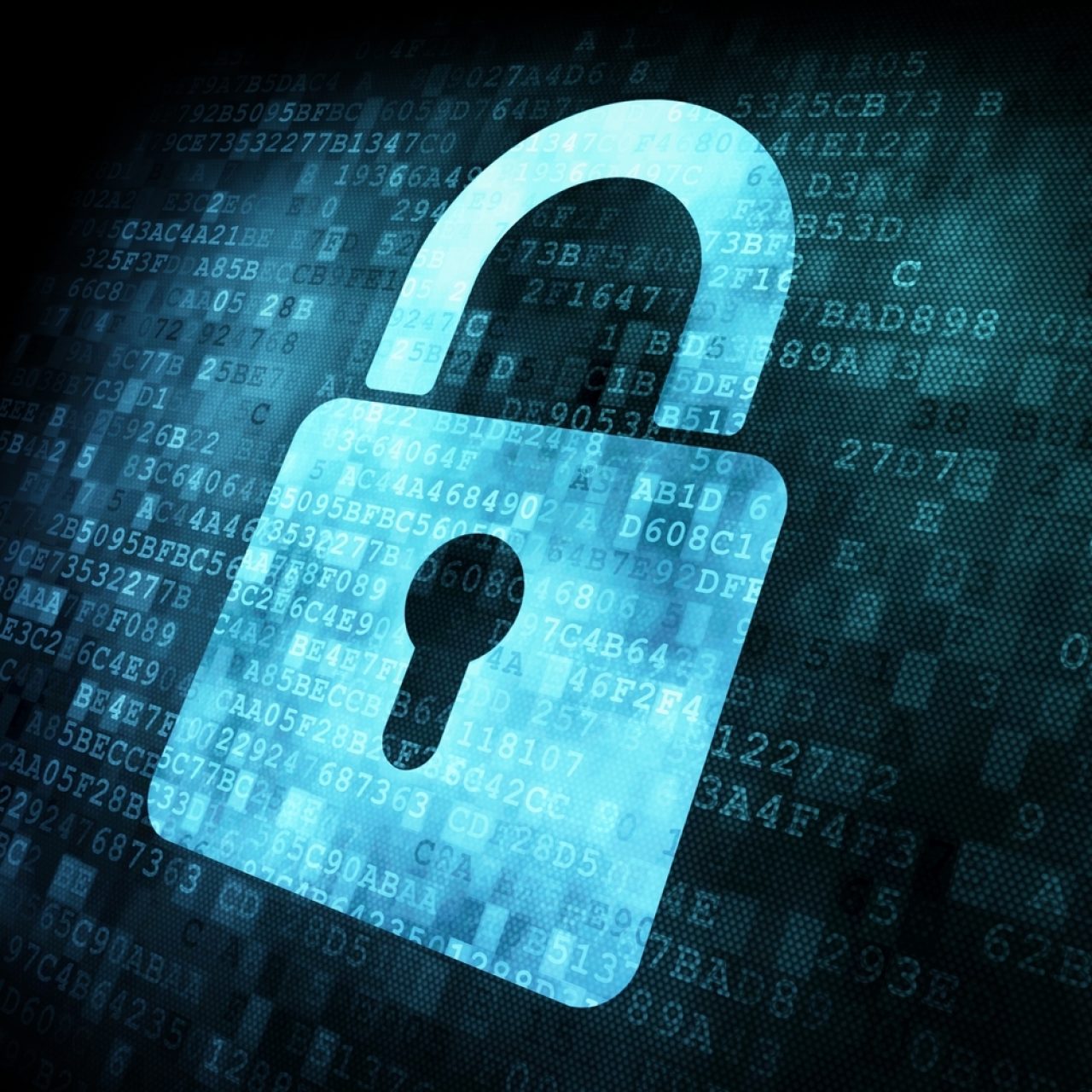Is Your Wireless Connection Secure?
Wireless, or WiFi, connections are often a target for hackers because many wireless networks share well-documented security vulnerabilities.
When it comes to the security of your home network and personal information, you can never be too safe. Even if you have the latest and greatest in protection, hackers are constantly working to break down defenses. The best way to combat their efforts is to constantly work to build up your defenses.
Wireless, or WiFi, connections are often a target for hackers because many wireless networks share well-documented security vulnerabilities. Security risks associated with routers are almost always a major concern among users.
Whether you are using a wired router or a wireless one, either, if not configured properly, could pose potential security risks. If your wireless network is “unsecured” or “open”, an intruder can easily gain access to your internal network resources as well as to the Internet, all without your consent, opening the door for them to commit a variety of disruptive and illegal acts.
Really, the best thing you can do is be proactive in protecting your computer and sensitive information. Give your Bask technician a call if you're unsure about the safety of your system. And think about these tips to help secure your wireless network.
Use WPA
Some Wi-Fi access points still offer the older WEP (Wired Equivalent Privacy) standard of protection, but it is fundamentally broken. That means that hackers can easily break in to a WEP-protected network. So to keep out intruders, it's essential to use some variant of WPA (Wi-Fi Protected Access) protection, either WPA or the newer WPA2 standard.
Avoid using the default password
It’s easy for a hacker to find out the manufacturer’s default password for your wireless router and then use that password to access your wireless network. So it’s wise to change the administrator password for your wireless router. When you’re deciding on your new password, try to pick a complex series of numbers and letters—and try to avoid using a password that can be guessed easily. Don't use the same password for your computer that you are using for your network.
Don’t let your wireless device announce its presence
Switch off SSID (Service Set Identifier) broadcasting. This prevents your wireless device announcing its presence to the world.
Change your device’s SSID name
Again, it’s easy for a hacker to find out the manufacturer’s default SSID name for your device and then use that to locate your wireless network. Change the default SSID name of your device, and try to avoid using a name that can be guessed easily.
These may seem like simple steps, but taking such steps will secure your network and help prevent breaches of your security. If you don’t understand some of the terminology used in this article, check out our post, Know Your Internet Equipment, or leave your question in a comment below.

 Member Connect
Member Connect